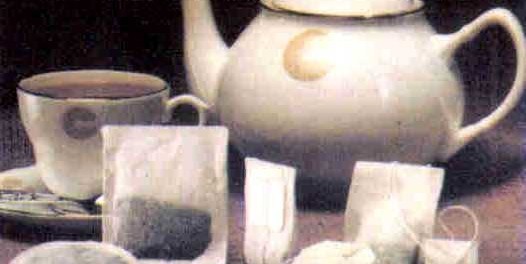Bleach in Teabags (Chlorine, Dioxin) Health Risks
A number of different food products undergo a bleaching process for several reasons, such as enhancing the color of the food. In recent times there has been widespread debate about the saftey and potential health risks of bleaching foods. For example, white flour is known to undergo a stringent bleaching process to ensure that it is has an extremely white color. Similarly there has been widespread concern over bleaching of other foods such as tea. Do Bleached Teabags Represent a Health Risk? There has been significant public health concerns about the bleaching of tea in teabags. The fact is that during chlorine-bleaching some toxic substances, like dioxin, may be created. So, let’s find out if small amount of dioxin in chlorine-bleached teabags may actually be dangerous. Picture 1. Teabags What are Teabags Made From? First teabags were made from silk and muslin. Nowadays, teabags are mostly made from paper, produced from a blend of wood and vegetable (hemp) fibers. Both wood and vegetable pulp are usually chlorine-bleached, meaning that small amount of toxic chlorine compounds may end up in teabag paper. To avoid chlorine toxicity, today some tea sellers use only teabags from non-chlorine (oxygen) bleached teabag paper, completely non-bleached paper, or teabags from synthetic fibers (1). … Continue reading Bleach in Teabags (Chlorine, Dioxin) Health Risks
